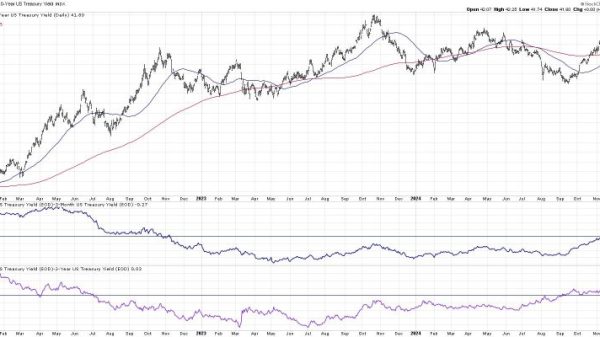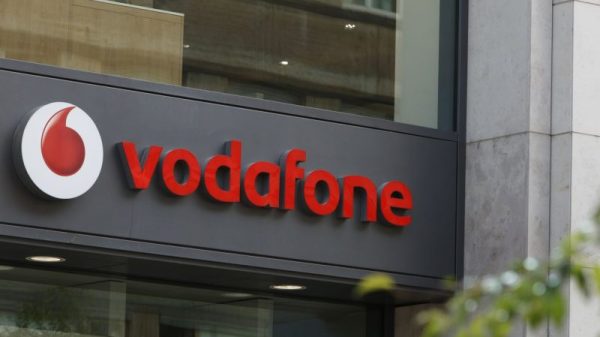Sinclair Broadcast Group, one of the largest television station operators in the United States, is reportedly exploring the possibility of selling around 30% of its broadcast stations. This potential move comes in the wake of a shifting landscape in the media industry, marked by technological advancements, changing consumer preferences, and regulatory challenges.
The decision to divest a significant portion of its stations reflects Sinclair’s strategic response to the evolving nature of the broadcast market. The company has traditionally focused on expanding its broadcast footprint to reach a broader audience across the country. However, with the rise of digital streaming services and changing viewing habits, traditional broadcasting models are facing increased competition and disruption. By considering the sale of a portion of its stations, Sinclair aims to streamline its operations, optimize its portfolio, and adapt to the changing dynamics of the industry.
The timing of this potential divestiture is crucial, given the challenges and opportunities facing the traditional broadcasting sector. As consumers increasingly turn to online streaming platforms for their entertainment needs, traditional broadcasters are under pressure to innovate and diversify their offerings to remain relevant. By evaluating the sale of some of its stations, Sinclair is positioning itself to focus on key markets and invest in growth areas that align with the changing media landscape.
Furthermore, regulatory considerations may also play a role in Sinclair’s decision to sell a portion of its broadcast stations. The Federal Communications Commission (FCC) has specific rules and regulations governing media ownership, including limits on the number of stations a single entity can own in a given market. By divesting some of its stations, Sinclair may be seeking to address regulatory concerns, ensure compliance, and pave the way for future strategic initiatives.
It is essential for Sinclair to approach the potential sale of its broadcast stations thoughtfully and strategically. Factors such as market demand, valuation of assets, and potential buyers will all influence the success of this divestiture process. Additionally, maintaining a strong relationship with employees, viewers, and advertisers during this transition is crucial to ensure a smooth and successful outcome.
In conclusion, Sinclair Broadcast Group’s exploration of selling roughly 30% of its broadcast stations underscores the company’s proactive approach to adapting to the evolving media landscape. By strategically evaluating its portfolio, navigating regulatory considerations, and anticipating future industry trends, Sinclair is positioning itself for sustained growth and relevance in a rapidly changing broadcast market.


























